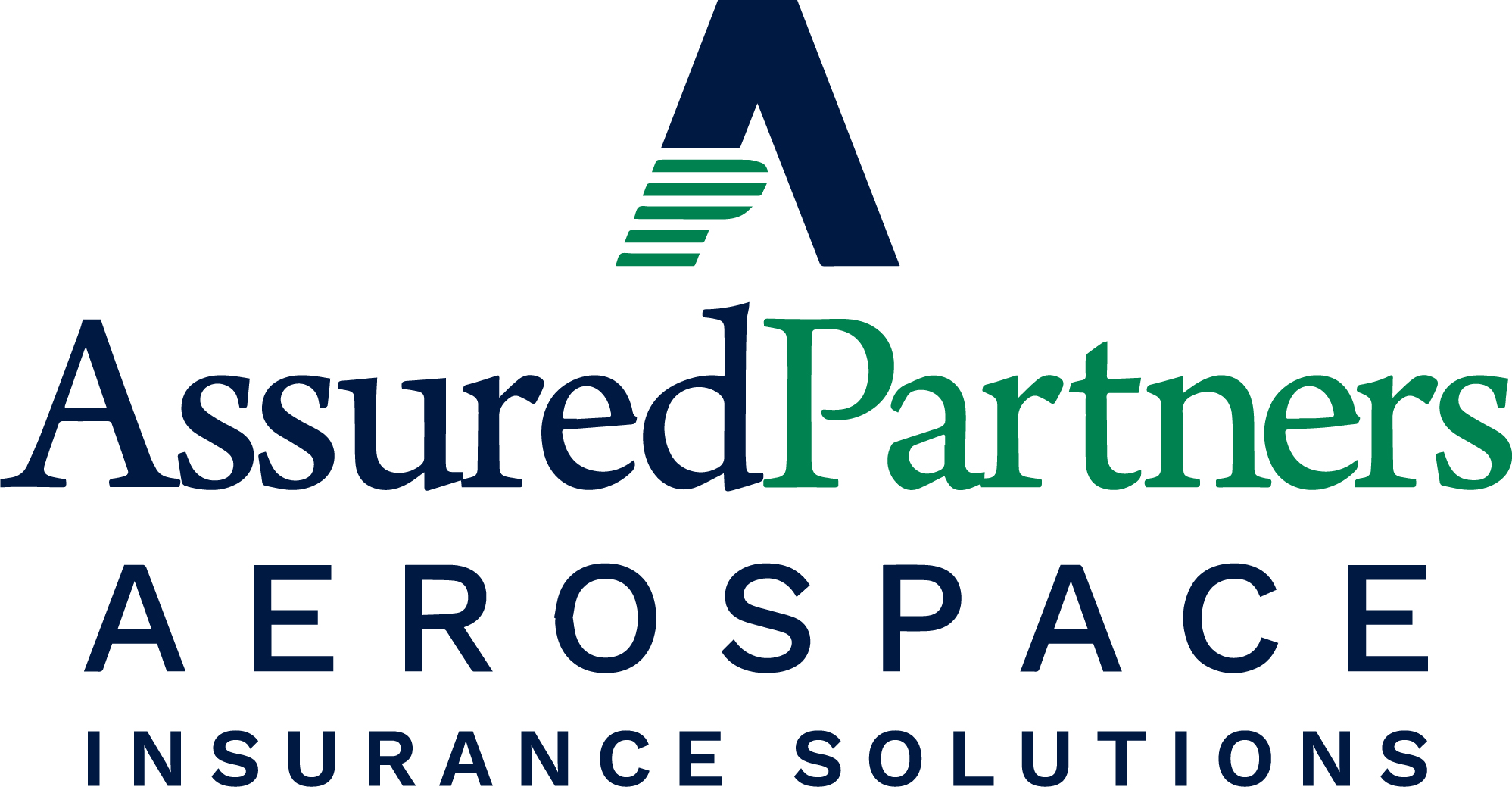Insuring single-pilot jets with co-pilots
In the world of aviation insurance, flexibility is key, especially when insuring unique operational setups. One such scenario involves a single-pilot certified jet being flown with a two-pilot crew.
Understanding the Setup
Single-pilot jets, such as the Cessna Citation CJ series or Embraer Phenom series, are designed to be flown by a single qualified pilot. However, many operators choose to fly with a second pilot for added safety, comfort, or operational efficiency.
While this setup can enhance safety and workload management, it can also introduce a nuanced challenge: how to structure the insurance policy so the co-pilot (SIC) isn’t required to complete annual recurrent training if the owner only wants a safety pilot for an emergency situation (such as the pilot in command having a physical event) and doesn’t want the added cost to hire and annually train a co-pilot for the aircraft.
The Insurance Dilemma
If the policy is to be written on a required two-pilot basis, most aviation insurance policies will require all crew members to meet specific training and currency requirements annually. After all, they are providing a substantial premium reduction for the jet being flown by a fully qualified two-pilot crew. This is considered the safest pilot scenario. However, this can be burdensome for owners who simply want to use co-pilots who are not going to be acting as PIC and may only be sitting in the right seat, helping with radios, in-flight routing changes, etc., rather than physically handling the flight controls. Requiring them to complete annual simulator training or recurrent checks can be costly. If the owner is using contract co-pilots, it may be hard to find one on short notice who has completed the initial or recurrent annual training for the aircraft.
A Practical Solution
To address this, it's probably best to write coverage for single-pilot use and pay the extra premium. Then you can use any co-pilot you like since they aren't required. That doesn't mean you can let them fly the aircraft. They can sit up front and act as a safety pilot since they aren't approved as a pilot to operate the aircraft, anyway.
This approach eliminates the training expense for a co-pilot. It also aligns with the operational reality of many owners who fly their own jets and use a second pilot for support rather than necessity.
Final Thoughts
Insurance should support safe and efficient operations, not create barriers. By working closely with underwriters and clearly defining roles, operators can secure coverage that reflects their actual use case while maintaining the highest safety standards. AssuredPartners Aerospace, AOPA’s partner for Aircraft Insurance, can help you create an insurance program that works for you. Call (800) 622-2672 today to speak with one of our experts or visit www.assuredpartners.com/aviators today to learn more. We look forward to serving all your aviation insurance needs.

